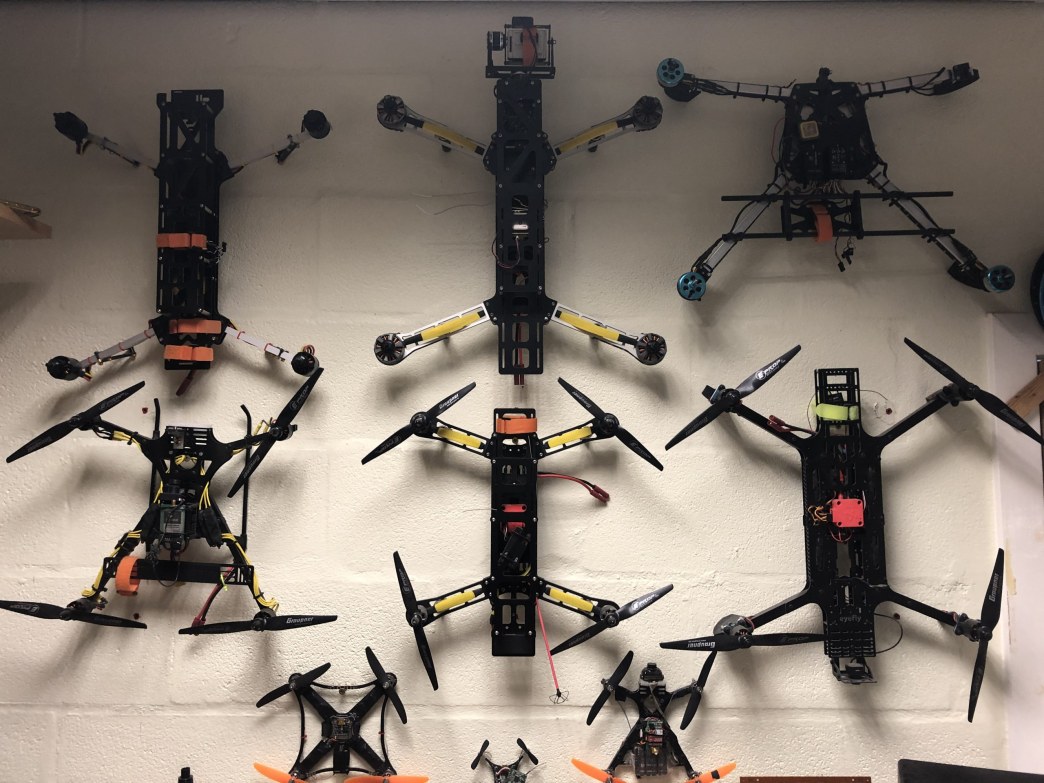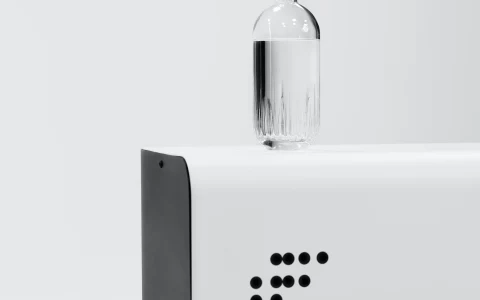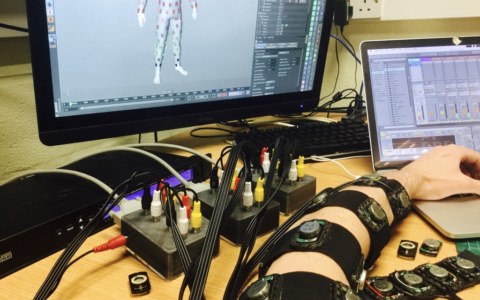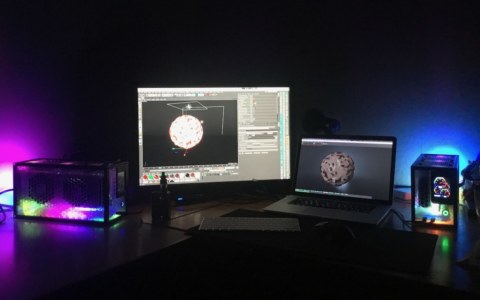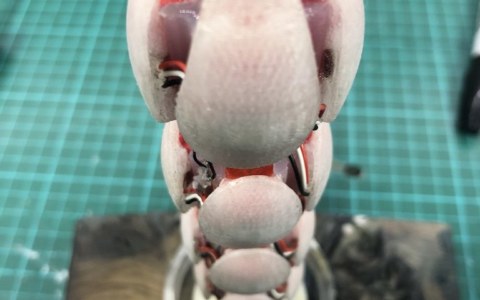Drones
Drones
Caught the virus long ago on a quest for a decent aerial footage, far from thinking it would lead one day lead to a career change. Looking back, I feel quite lucky to have professionally diverted away from digital arts in regards to AI. I would currently be having an existential crisis and feel deeply for my fellow digital creatives.
Even thou many software engineers might currently be going through a similar thing, I see an opportunity, new tools enabling faster and further reach, an assistant rather than a direct competitor compare to the digital art field.
Embedded engineering and hardware/software/firmware prototyping feels like a relatively safe spot to be in for the time being. Polyvalences and adaptability will be key to navigate this new era.
Something I made that I found very helpful for aerial videography was a monocular dual antenna video receiver helmet. One of the challenges of a drone operator is awareness. Awareness of your local surrounding (cars, people, animals, terrain etc..), your remote surrounding (local to the drone) and relative orientation (drone’s orientation relative to operator – cognitively taxing).
When you have a crew, the pilot fly line of sight, meaning it looks at the drone directly and constantly keeping track mentally of the drone’s orientation. A second person handle the camera remotely and an third handles the local surrounding.
It is not a simple exercise for the pilot and requires a lot of training to override instinct and reflexes. For example, if the drone is facing the pilot, pitch and roll are reversed. Left will tilt right and forward is backward. It is incredibly difficult to fly close to an obstacle in those conditions. If you have plenty of space, you have time to correct your input but the closer you get, the shorter that time becomes to the point of no possibility of correction.
When you are on your own, you need to manage all those aspects but it is not possible without some extra gear.
If you fly FPV (viewing camera feed only), once the google are on, your orientation is locked in but you are blinded from your local surrounding , you lack remote awareness and are completely exposed to video transmission failure. If you fly with a remote screen, you can’t keep direction line of sight* at the same time.
The solution. One eye one the drone, one eye one the camera.
Using a view finder/magnifier stuck on a screen outputting the video placed in front of the one eye. Doing so, you can look at two different things at the same time. The feeling is hard to describe and it is cognitively taxing but extremely good for awareness. You can’t fully split your focus simultaneously but can swing in between with a sort of a dual peripheral vision.
At this point, your head becomes a tracking system and will always point towards the drone. A 5.8Ghz dual antenna receiver can take full advantage of this by using cloverleaf antenna (360°short range) and patch antenna (110° long range) giving best coverage possible at all time.
A little anecdote.
Passed my BNUC license when it was first introduced. Needed to travel to England to pass the practice and unbeknownst to me, I was the only one passing it solo. It was not made clear that it was a two-person team exam. After a long argumentation with the inspector breaking down the logic behind the regulation, he agreed to test my claim about the practicality of this helmet.
The final part the exam was long distance manoeuvres. He asked me to fly away to one of the trees 200+ meters away and spin around until he said stop, testing the orientation awareness. At this distance, you can’t figure out the orientation just by looking at it even with a really good eyesight. As he said stop, he sneakily pulled the power cable out from the receiver. All went dark.
Thankfully, I saw a tree lines (orientating landscape feature) through the camera just before it went off which gave me the reference needed to figure the drone’s orientation from line of sight and managed to bring it back in one piece, with a big smile on my face and license in the pocket.
An unexpected feature became apparent in a particular situation.
I had opportunities to sail a few time. Not super sensitive to seasickness but some activities on a boat can trigger it easily, like looking at a screen while in motion. Also, vision play a big role in your balance. So, trying to fly full FPV on a boat is close not just difficult but extremely dangerous.
Having an eye free to look around and ground yourself solve that issue, enabling cool over the water shoots from a moving boat : )
* (requirement with operating under BNUS-S license but as of February 29, 2024, the UK Civil Aviation Authority (CAA) states that there is no distinction between flying a drone for commercial or recreational purposes, so a commercial approval is not required. However, all commercial drone flights do require valid insurance. – Even if not a regulation anymore, I think it is a necessary safety measure)

